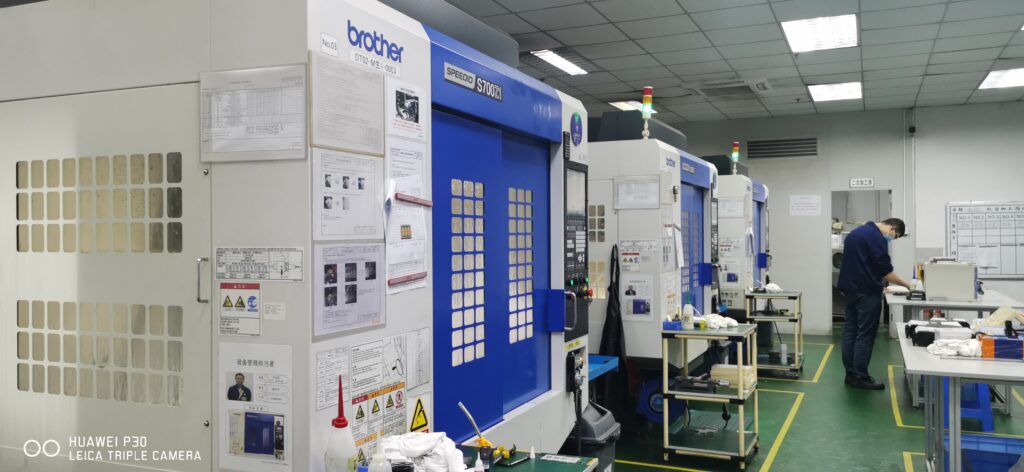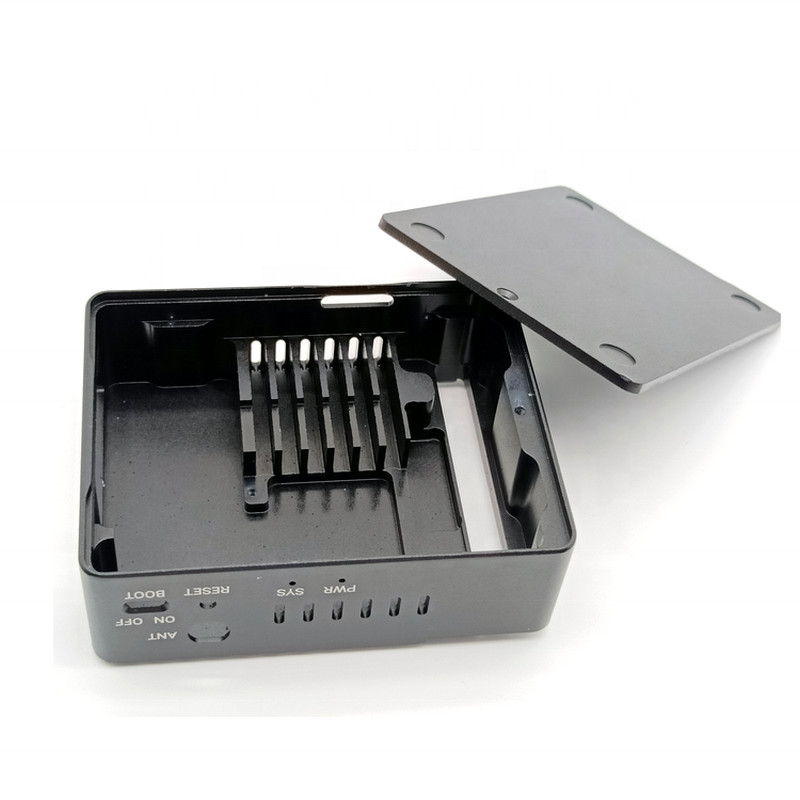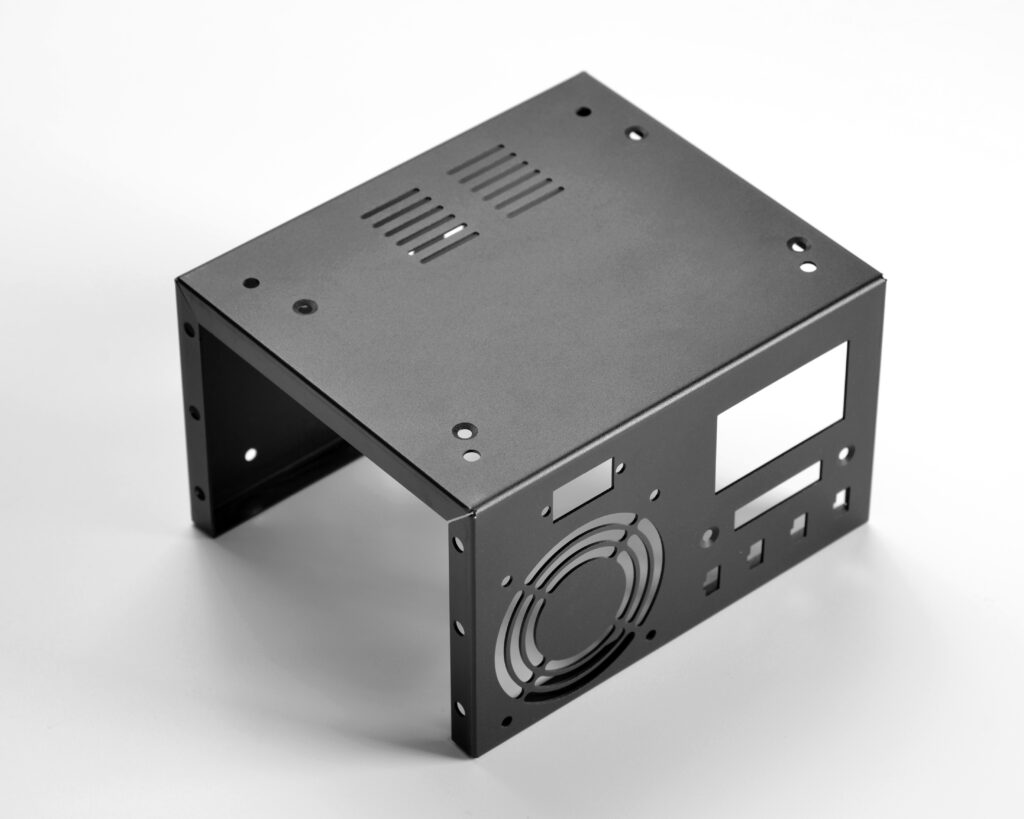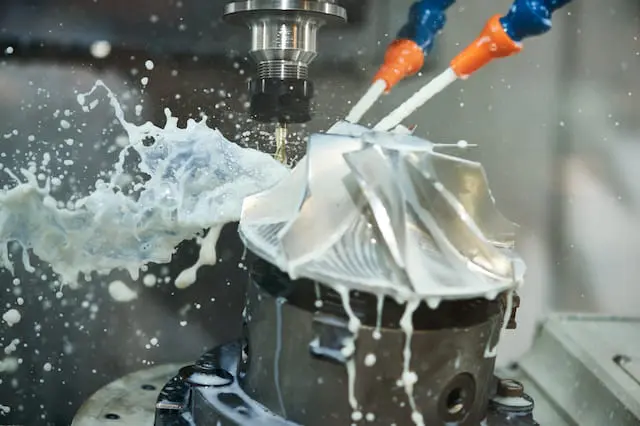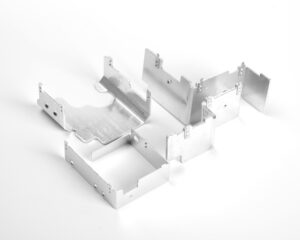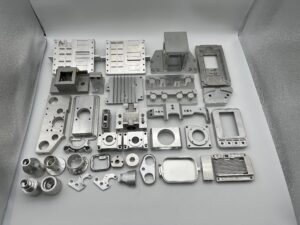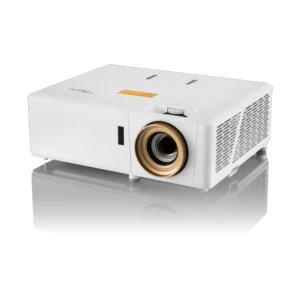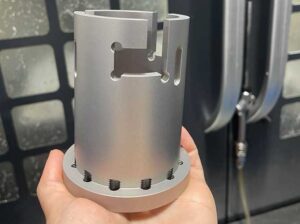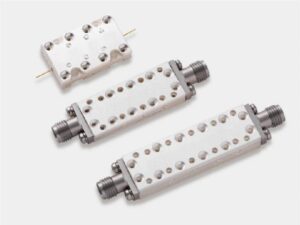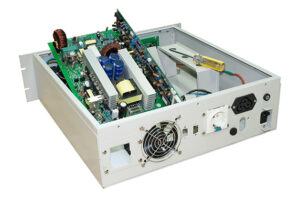Confused about how to improve your radio parts' precision and durability? Many struggle to find the perfect solution. Let's explore how CNC machining might be your answer.
CNC machining offers precision and reliability for radio components by enabling accurate and repeatable production. It enhances durability, making parts suitable for extreme conditions and streamlines development from prototype to production.
You might be wondering how this all works. Don’t fret. We’ll dive into specific components, improve accuracy, and compare CNC with other methods. Stay with me.
What Specific Radio Components Are Ideal for CNC Machining and Why?
Creating high-performance radio parts can be tricky. The key challenge is matching precision with durability. But don't worry, CNC machining has got you covered.
CNC machining is ideal for producing radio components like housings, heat sinks, and connectors. These parts benefit from CNC’s ability to create precise and complex geometries while maintaining tight tolerances, dramatically enhancing performance and reliability.
Let's dive deeper. CNC machines excel in crafting intricate designs from metals like aluminum or titanium, ensuring the precision required for radio components. Housing parts need precise dimensions for effective heat dissipation and electromagnetic shielding. Heat sinks must be efficiently machined to enable adequate thermal management. Connectors demand exact specifications to maintain signal integrity. All these components benefit from CNC machining's precision, offering consistency across production runs. This minimizes human error and achieves the intricate specifications critical for high-frequency applications.
How Does CNC Machining Enhance the Accuracy and Durability of RADIO in Extreme Conditions?
Worried about radios failing under tough conditions? It’s a common concern, especially if reliability is crucial. CNC machining could be your solution.
CNC machining enhances accuracy by producing parts with tight tolerances, ensuring they fit perfectly. Durable materials like titanium withstand extreme temperatures and pressures, making CNC-machined parts resistant to challenging environments.
To break it down, CNC machining uses advanced tools to cut materials with unmatched precision. This process creates parts that fit together seamlessly, reducing wear and tear over time, which is vital for radios exposed to extreme conditions. The process allows the use of durable materials like stainless steel and titanium, known for their resilience under heat and stress. This ensures radios operate reliably in harsh conditions, such as military or industrial settings. The enhanced accuracy prevents signal loss and maintains performance. In essence, CNC machining turns challenging conditions into a field where radios thrive.
From Prototype to Production: How Does CNC Machining Accelerate Radio Development?
Getting products to market quickly can be a major headache. How do you speed things up? Here’s where CNC machining comes into play.
CNC machining accelerates development by rapidly producing prototypes and transitioning smoothly to large-scale production. It allows for quick iterations, reducing time-to-market and improving design efficiency.
Here's how it works. Starting with a digital design, CNC machines can quickly create functional prototypes. This rapid prototyping enables engineers to test designs in real-world conditions and make necessary adjustments without delays. Once a prototype is approved, the same CNC tools are used to produce the parts at scale, ensuring consistency and quality throughout production. This seamless transition minimizes downtime and expedites the development process. As a result, manufacturers can respond to market demands swiftly, enhancing their competitive edge in the radio industry.
CNC vs. Other Manufacturing Methods: Why is it the Superior Choice for High-End Radio Parts?
Stuck choosing between different manufacturing methods? It's a common dilemma. CNC machining might just be what you need.
CNC machining offers superior quality over other methods like casting or 3D printing for high-end radio parts. Its precise control, material flexibility, and repeatable accuracy make it the preferred choice for complex, high-performance components.
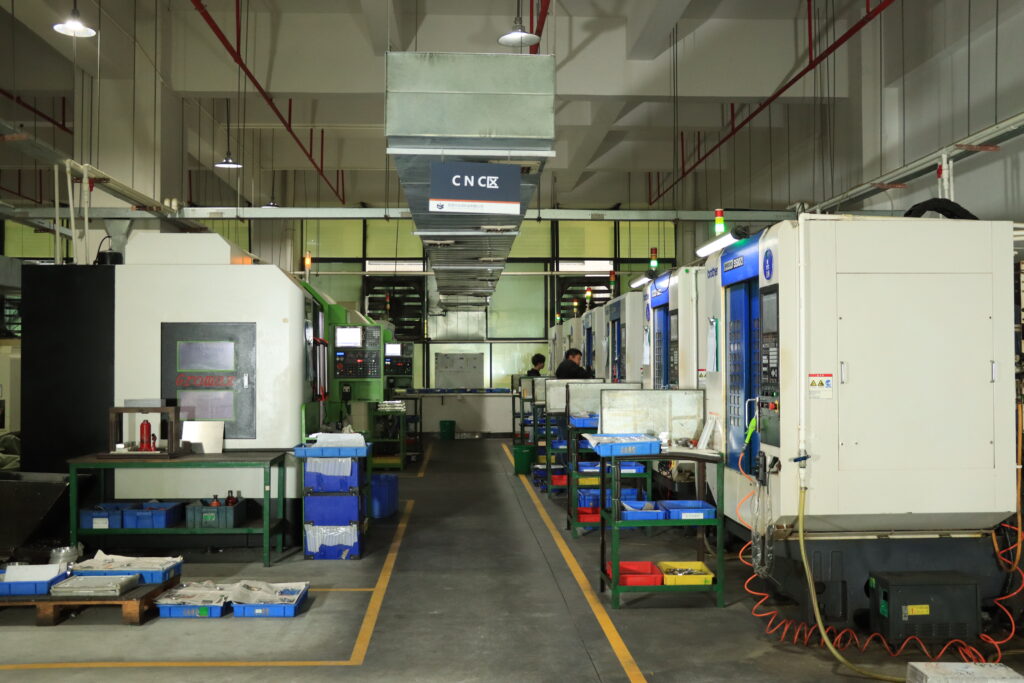
Let's explore further. CNC machining provides unparalleled precision, creating parts with exact specifications and reducing errors. While casting might provide cost advantages, it often lacks the fine detail and material consistency required for high-end radio parts. 3D printing offers flexibility in design but doesn’t match the strength and durability achievable through CNC. The method excels in using various metals and alloys, providing options suited to specific performance requirements. CNC ensures each part meets rigorous quality standards, making it indispensable for tasks that demand perfection, like high-end radio manufacturing.
Conclusion
CNC machining transforms radio part production with precision and reliability. Its advantages over other methods make it an essential choice in challenging environments.


